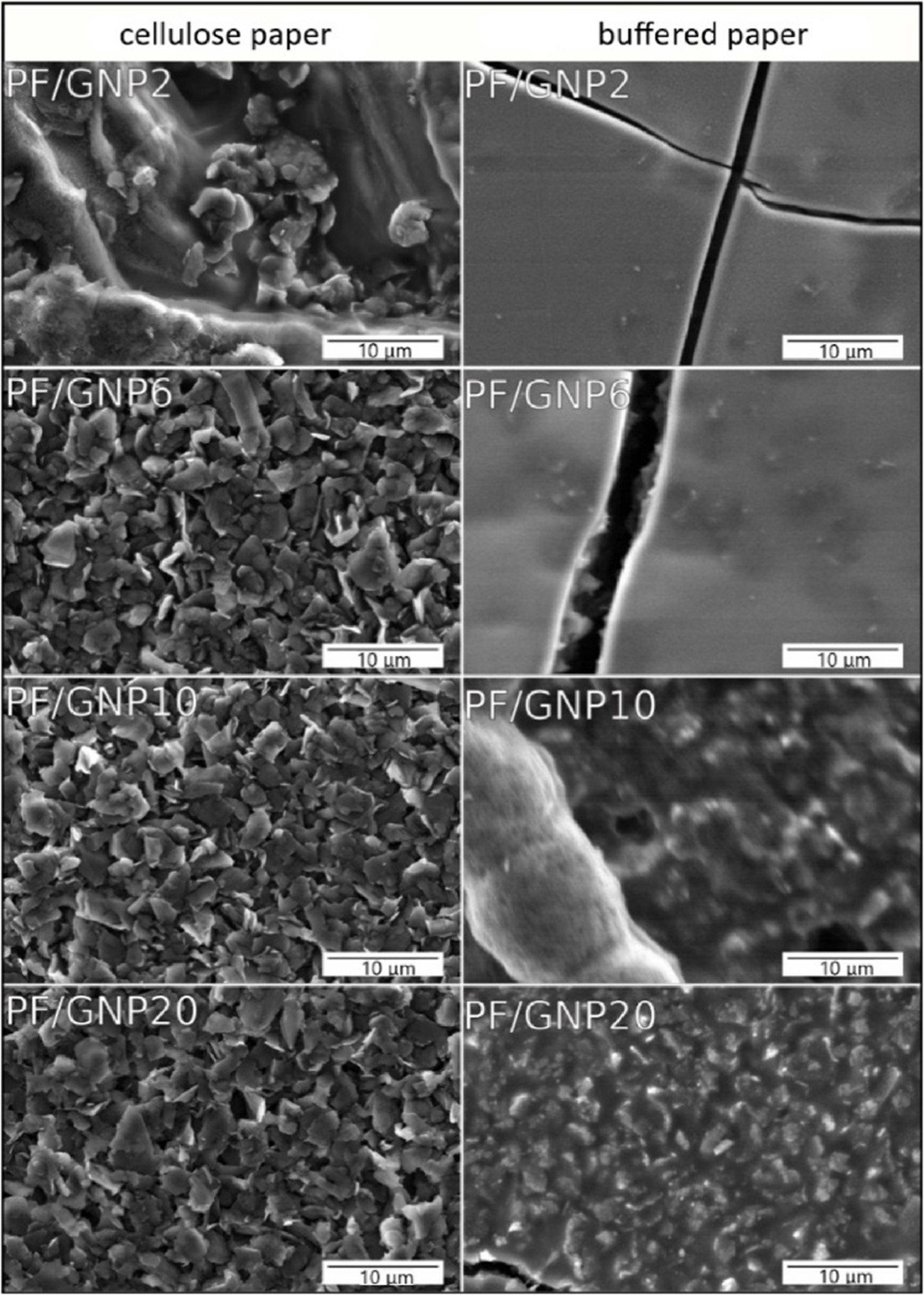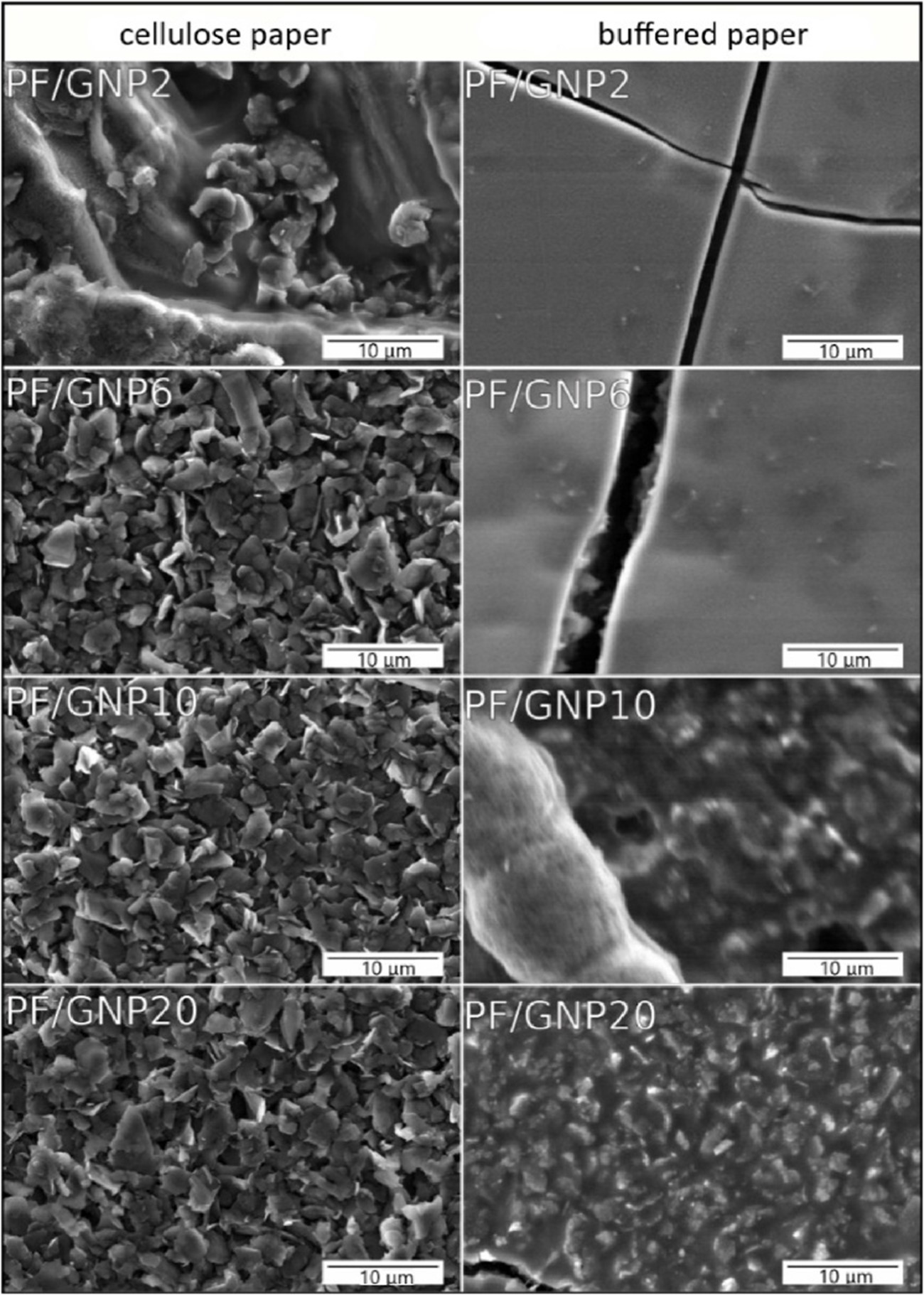New publication by Agnieszka Łękawa-Raus, PhD
The article was published in the International Journal of Adhesion and Adhesives.
The article demonstrates that phenol-formaldehyde resin, commonly used for lignocellulosic composites, can become electroconductive when modified with graphene nanoplatelets while still serving as an effective adhesive for particleboard production. Tests showed that the optimum weight percentages of graphene nanoplatelets at which the resins maintain both the electrical conductivity and process parameters, enabling the formation of particleboard.
A prototype of electroconductive particleboard was created and the panels achieved a conductivity of 320 Ω · m, indicating their potential use as resistive heaters and other applications in the Internet of Things (IoT) area.
Simultaneously, the GNP-enriched panels showed formaldehyde emission well below the threshold set by the standards and exhibited mechanical properties that in most cases met the criteria for use in furniture and interior design.
Damian Łukawski, Patrycja Hochmańska-Kaniewska, Wojciech Bałęczny, Anna Martin, Dominika Janiszewska-Latterini, Agnieszka Lekawa-Raus, Phenol-formaldehyde resin enriched with graphene nanoplatelets as an electroconductive adhesive for wood composites, “International Journal of Adhesion and Adhesives”, 2024, 103678, https://doi.org/10.1016/j.ijadhadh.2024.103678

SEM images of PF/GNP on cellulose and buffered paper
